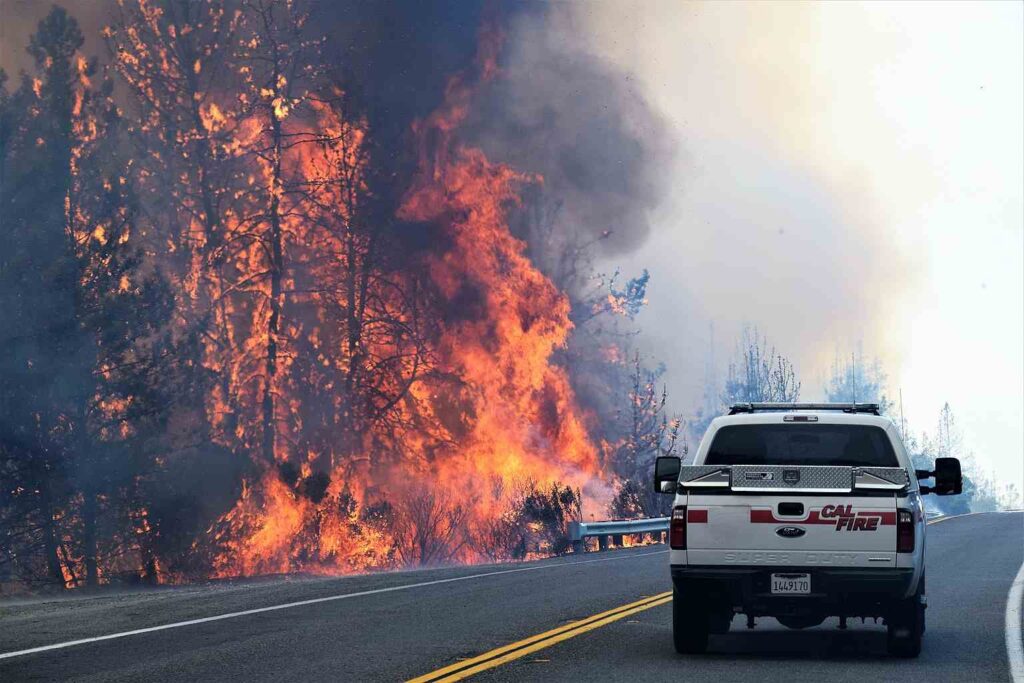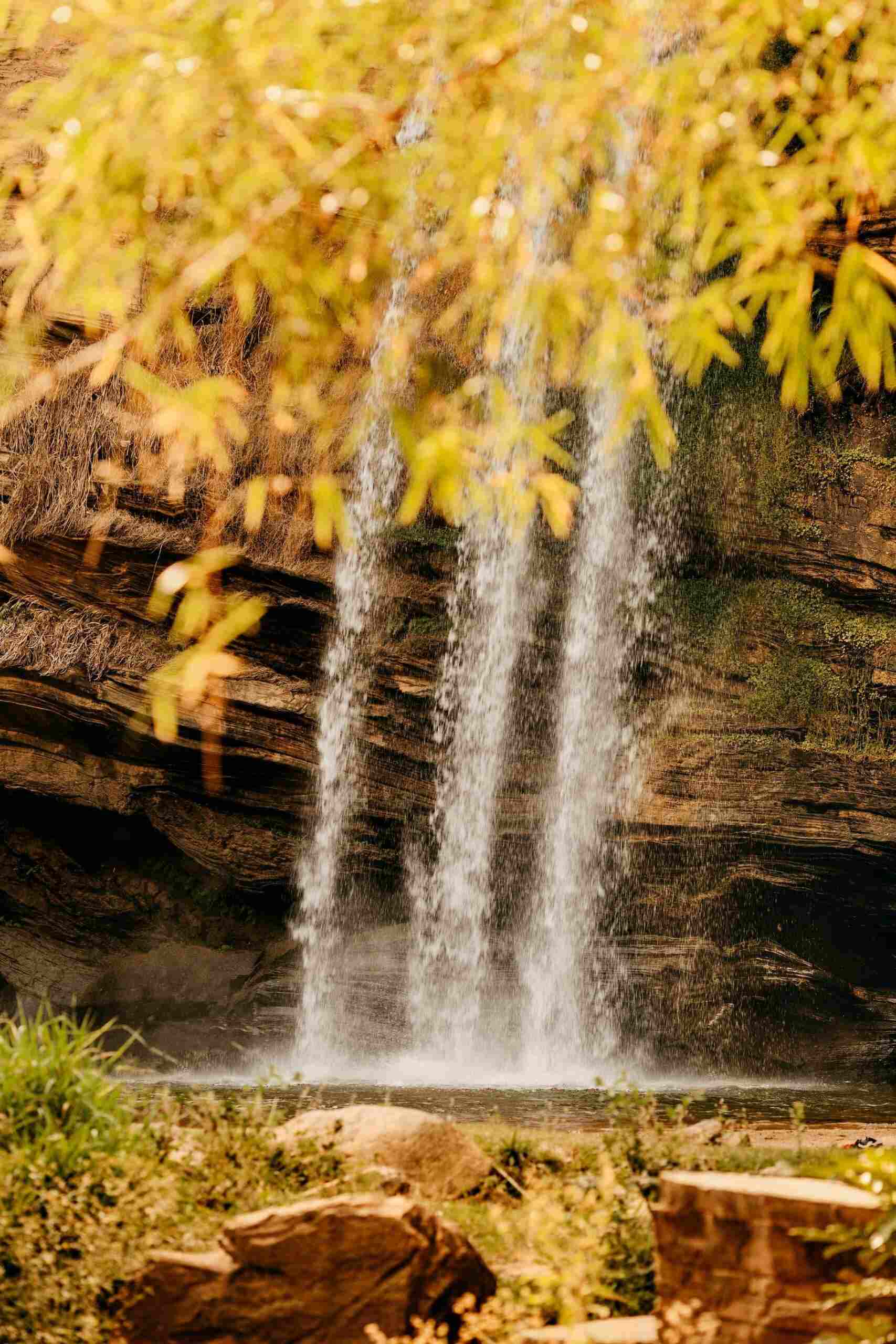
Carr Fire 2018, Bureau of Land Management California Image.
Pictures and videos of large-scale fires are scary to look at and watch; seeing, feeling and hearing a real forest fire is much much scarier. At Coal Creek Farm in East Tennessee, we burn about 500 acres of woods and shrub each year. Flames can exceed 30 feet. The heat is deadly and the noise of the flames is deafening.
Reading about, and watching the California wildfires has truly hit home for me and my heart goes out to everyone affected. My heart does not go out to any politician who uses this disaster to spew partisan vitriol (as too many have done). Fires have raged for millennia. Perhaps they are worse now because of changing weather. They are definitely worse now because of the super successful “Smoky The Bear” campaign. After World War II the U.S. made an all-out effort to prevent fire. The effort was successful. Unfortunately, Mother Nature’s natural balance was upset. That’s because fires prevent fires. Once an area has burned, the fire enhancing fuels are eliminated thereby reducing future flames.
Believe it or not, logging also impacts fires. If a forest is appropriately managed, there is less dead wood (and less fuel). It’s not all that simple, but the correct amount of burning (natural and man-made) and the correct amount of forest management does indeed reduce the risk of cataclysmic forest fires.
For those who are following the story out west, here are some well thought out articles and opinion pieces explaining the various thinking and positions on the tragedies in California.






